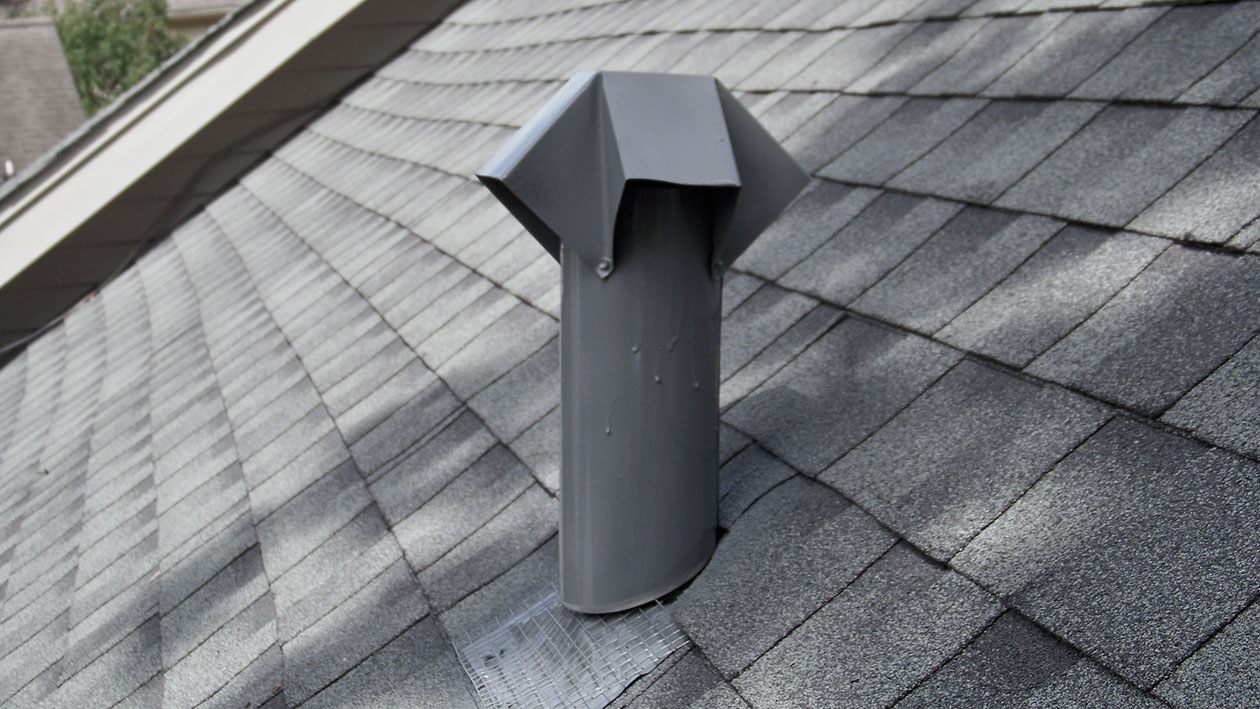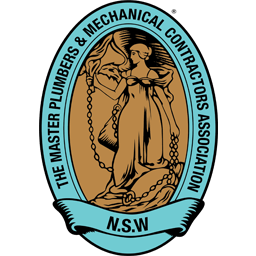A plumbing vent system controls air pressure in your home’s drain pipes, ensuring wastewater moves smoothly. Without it, sinks, tubs, and toilets would drain sluggishly or release unpleasant gases into your home. The system relies on three key components: vent pipes, drain pipes, and traps. Vent pipes extend from the drainage system to the outside, allowing air to escape and preventing vacuum locks. Drain pipes transport wastewater to the sewer or septic system. Traps hold a small amount of water in a curved section, blocking sewer gases while allowing waste to flow correctly.
How do Plumbing vents work?
Plumbing vents work by regulating air pressure within the drainage system, allowing for proper water flow and preventing sewer gases from entering the home. Here’s how they function:
- Air pressure regulation: Vents allow air to enter the plumbing system, equalising pressure and preventing the formation of vacuums or negative pressure that could disrupt water flow.
- Facilitating drainage: As wastewater flows through downward-sloping drain pipes, the air from vents replaces the space vacated by the flowing water, ensuring smooth drainage.
- Preventing siphoning: Proper ventilation maintains neutral pressure in the system, which prevents water from being siphoned out of traps, thus keeping sewer gases from entering the home.
- Odour and gas removal: Plumbing vents carry harmful sewer gases, such as hydrogen sulphide and methane, out of the building through pipes that typically extend through the roof.
- Protecting trap seals: Vents help maintain water in P-traps and S-bends, which act as barriers against sewer gases coming back up through fixtures.
- Ensuring code compliance: Proper venting is usually required by building codes to guarantee the system’s continued functionality and safety.
By performing these functions, plumbing vents play a crucial role in maintaining the efficiency and safety of a home’s plumbing system, preventing issues such as slow drainage, unpleasant odours, and potential health hazards from sewer gas exposure.
Are plumbing vents necessary?
Yes, plumbing vents are absolutely necessary for the proper functioning of a plumbing system. They serve several critical purposes:
- Pressure regulation: Plumbing vents equalise air pressure within the drainage system, preventing vacuum effects that can disrupt water flow and cause slow draining or clogs.
- Sewer gas removal: Vents allow harmful sewer gases to escape safely outside the home, protecting inhabitants from potential health hazards.
- Proper drainage: By introducing air into the system, vents ensure smooth water flow through pipes, preventing siphoning and maintaining water in P-traps.
- Odour control: Plumbing vents help eliminate foul odours by directing them outside the home rather than allowing them to accumulate indoors.
- System protection: Proper ventilation helps prevent damage to pipes and fixtures by maintaining appropriate pressure levels throughout the plumbing system.
Without adequate venting, homeowners may experience issues such as gurgling drains, slow drainage, frequent clogs, and unpleasant odours in their homes. If left unaddressed, these problems can lead to more serious plumbing issues and potentially expensive repairs. Therefore, ensuring proper installation and maintenance of plumbing vents is crucial for the overall health and efficiency of a home’s plumbing system.
Plumbing Vent Types
Plumbing vents are essential to any plumbing system in Australia, ensuring proper airflow, pressure balance, and the safe evacuation of sewer gases. Several types of plumbing vents are commonly used in Australian homes and buildings, each designed for specific purposes and locations.
True Vents
True vents, also known as stack vents, are the most common type of plumbing vents in Australia. These vertical pipes extend from the plumbing system through the roof, allowing gases and odours to escape into the atmosphere. They are typically located on the roof of a house and remain untouched by water, serving as the primary ventilation method for the entire plumbing system.
Common Vents
Common vents are used when two plumbing fixtures, such as back-to-back sinks, are located on opposite sides of a wall. They are connected to the vent pipes using a sanitary cross, enabling proper ventilation for both fixtures simultaneously. This type of vent efficiently maximises space and reduces the number of roof penetrations.
Re-vent Pipes (Auxiliary Vents)
Re-vent pipes, also called auxiliary vents, are vent stacks that run up and over to the main vent. These pipes are typically installed behind plumbing fixtures or along the horizontal drain line to ensure proper ventilation in areas where direct connection to the main stack is not feasible.
Loop Vents (Chicago Loop)
Loop vents, also known as Chicago Loops, are used for specific plumbing fixtures that are different from regular ones, such as island benches. These vents connect to the P-traps underneath a sink, forming a loop inside the sink cabinet. The pipes then connect to the plumbing vent system, helping to prevent sewer gases from escaping.
Air Admittance Valves (AAVs)
Air Admittance Valves, or AAVs, are mechanical valves that allow air to enter the plumbing system. They are particularly useful in situations where traditional venting methods are not possible, such as in bathrooms or kitchens with no access to an outside wall. AAVs use gravity to prevent sewer gases from escaping and can be connected to multiple fixtures, ensuring proper ventilation and odour control.
Circuit Vents
Circuit vents are used in larger plumbing systems where multiple fixtures are connected in a circuit. They allow air to enter the system at multiple points, preventing airlocks and maintaining proper pressure. Circuit vents can be installed to connect up to eight fixtures on one horizontal vent, making them ideal for buildings with multiple plumbing fixtures, such as apartments.
Individual Vents
Individual vents are dedicated vent pipes that rise directly from a specific plumbing fixture. They are commonly used for high-capacity fixtures like kitchen sinks, showers, and bathtubs. According to Australian standards, certain fixtures require their own individual vents to ensure efficient waste evacuation and maintain proper air pressure in the system.
It’s important to note that the installation of plumbing vents in Australia must comply with the AS/NZS 3500 Plumbing and Drainage Standards. These regulations specify requirements for vent placement, sizing, and materials to ensure the safety and efficiency of plumbing systems. Always consult a licensed plumber for the proper installation and maintenance of plumbing vents in your Australian home or building.
How do I know if my plumbing vent is clogged?
Several key signs can indicate a clogged plumbing vent:
- Slow drainage: If water drains slowly from sinks, showers, or bathtubs, especially in multiple fixtures, it could be due to a clogged vent pipe.
- Gurgling sounds: Strange gurgling or “glugging” noises coming from drains, toilets, or other fixtures often indicate a vent blockage.
- Foul odours: Strong sewage smells or a rotten egg odour emanating from drains can suggest that sewer gases are not being properly vented due to a clog.
- Toilet issues: You may notice bubbles in the toilet bowl or problems with flushing. In severe cases, the toilet tank may not refill properly.
- Multiple affected fixtures: If these problems occur in more than one location in your home, it’s more likely to be a vent issue rather than a localised drain problem.
- Drainage problems after rain: Heavy rainfall can exacerbate vent blockages, causing water to back up and potentially overflow from fixtures.
If you experience a combination of these symptoms, it’s advisable to have a professional plumber inspect your plumbing vent system to identify and resolve any blockages.



